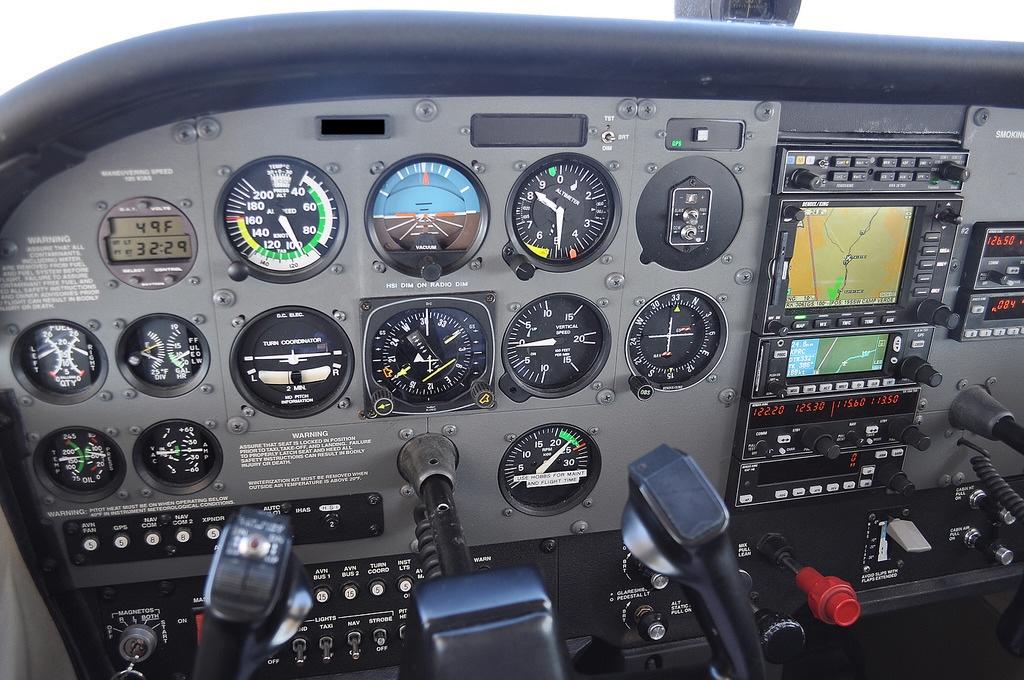
Becoming a private pilot is an exciting journey that opens up a world of possibilities. Whether you dream of flying for leisure or as a stepping stone to a professional aviation career, earning a Private Pilot License (PPL) is your first major milestone. Here’s a step-by-step guide to obtaining a PPL from scratch.
Before starting, ensure you meet the basic requirements:
Be at least 16 years old to solo and 17 to earn the license.
Be fluent in English (reading, speaking, writing, and understanding).
Obtain a Third-Class Medical Certificate from an FAA-authorized Aviation Medical Examiner (AME) to ensure you’re physically fit to fly.
Research and select a flight school that fits your needs. You’ll typically choose between:
Part 61 schools: Offer flexible, tailored training schedules.
Part 141 schools: Follow a more structured curriculum, often faster-paced.
Ensure the school has experienced instructors, well-maintained aircraft, and a training environment that suits you.
Ground school teaches you the theoretical knowledge needed to fly safely. Topics include:
Aerodynamics
Meteorology
Navigation
FAA regulations
Aircraft systems
You can take ground school in a classroom setting, online, or through self-study materials. Passing the FAA Private Pilot Knowledge Test (a multiple-choice exam) is required before earning your PPL.
Flight training involves hands-on flying experience with an instructor. The FAA mandates a minimum of 40 flight hours, which typically includes:
Dual Instruction: Learning maneuvers, takeoffs, landings, and emergency procedures with an instructor.
Solo Flights: Flying independently to gain confidence and proficiency.
Cross-Country Training: Planning and completing flights between airports.
While 40 hours is the minimum, most students average 50-70 hours before being ready for their checkride.
After completing ground school, schedule and pass the FAA Private Pilot Knowledge Test. This exam consists of 60 multiple-choice questions and requires a passing score of 70% or higher. It demonstrates your understanding of the theoretical aspects of flying.
Your instructor will help you fine-tune your skills and ensure you meet the FAA’s requirements. This includes mastering maneuvers, navigation, and radio communication.
When you’re ready, your instructor will endorse you for the checkride—the final exam to earn your PPL.
The checkride consists of two parts:
Oral Exam: Testing your aviation knowledge.
Flight Test: Demonstrating your skills and decision-making in the cockpit.
Once you pass, you’ll officially be a licensed private pilot!
Stay consistent with training to avoid skill decay.
Stay motivated by setting clear goals.
Embrace feedback from your instructor to improve.
Achieving your PPL is a rewarding accomplishment that sets the foundation for a lifetime of flying adventures. The journey may require dedication and effort, but the thrill of taking to the skies makes it all worthwhile.
Back to Articles